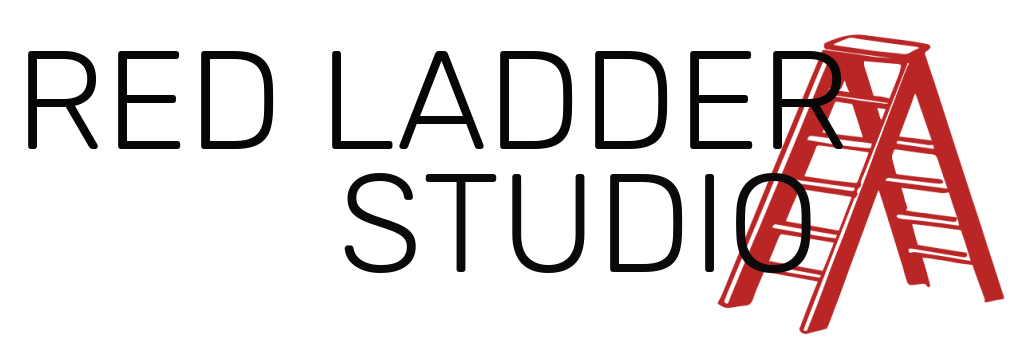6 improv rules for a creative dharma life
Life is the ultimate improvisation
In fact, there is very little that isn’t improvised. I’m improvising this letter to you. Later I’ll call a friend and improvise a conversation before improvising dinner. Our dharma practice, being part of life, comes down to improvisation too.
On the ‘Everyone is an Artist’ retreat, we took one instruction a day from the world of improvisation. I borrowed these from a book called Improv Wisdom by the improvisation teacher Patricia Ryan Madson (meet her here).
The instructions are based on the rules that improvisers must follow in order to improvise with others. Given we’re spending the best part of every day improvising, why not take some tips from the pros? I’ve chosen just 6 from the book to share here.
Just show up
'Where we are makes a difference, move your body towards your dreams.' Patricia Ryan Madson
By showing up on the retreat we’d done 80% of the work. There are so many reasons not to go on retreat; money, time, fear of our own potential.
That I can resist the things I most want to do, the things that make me feel good, is a mystery to me. Yet getting myself to the place where those things happen is 80% of the effort needed.
There are places that bring out the best in us. All we need to do is shift our butts to those places. The universe will take care of the rest.
a) Make a list of the places that bring out the best in you:
Gym
Retreats
Art galleries
The allotment
My desk
b) Show up in those places.
If you need help to show up, then enlist a friend to go with you. Your commitment to them will override any resistance you feel. I just arranged to go on my next retreat with a good friend.
You could apply this same principle to people. Who are the people that bring out the best in you and can you show up where they are?
2. Say yes
Saying yes is essential to the art of improvising with another.
Imagine two clowns improvising a sketch. One pulls a banana out of their pocket. The other has to say yes to the banana! They have to accept what is given and go somewhere with it. If they don’t, then the flow between them is blocked.
In the book Madson suggests we try an experiment. Choose someone and say yes to them for 24 hours. Whatever they suggest gets a yes from us. Shall we go for a walk later? Yes! Would you like to make dinner tonight? Sure!
Every time we say no or hesitate, we block the flow of life.
Of course, sometimes it’s not wise to say yes. But can we say no in a way that doesn’t block that flow of energy?
Imagine how our clowns might do this. The second clown might accept the banana, hold it up to his nose and pull a face. He might then make a show of dropping it into the bin. He still said yes to being given the banana.
Choose someone to say yes to for 24 hours. You could choose you!
3. Start anywhere
‘All starting points are valid’. In the book, Madson points out how liberating this view can be.
Like showing up, ‘getting started’ can be the hurdle we need to get over. How many times have we said to ourselves, ‘I don’t know where to start’? What if it doesn’t matter where we start, but only that we start?
All kinds of things can seem daunting before we start them. But what if it’s true that everything is easy once we’ve started and everything is easy to start?
I work with this principle all the time. In writing it’s called the Hemmingway Bridge. Instead of stopping at the end of a chapter, he would make a point of knowing what was coming next before stopping, so when he came back to his desk, he found he’d already started.
Here are some ways I use it:
Writing a letter to you! It feels hard to do it from scratch. But it’s easy to jot down a few notes. Later, turning those notes into a newsletter is fairly easy too.
Making dinner. During the day, I’ll choose a few ingredients and put them on the side. Take a few minutes to peel the potatoes, or to make some pastry and put it in the fridge. Come dinner time, I’m halfway there.
Packing for a trip. I’ll leave my suitcase open somewhere a couple of days before I travel. As I think of things, I’ll pile them in. I’ll start a list and put it with the suitcase where I can add to it. When it comes to packing day, I’m already packed.
These little tricks are great to get us over the ‘hump’ of having to make a start. But they also do something quite magical. They enlist the help of our subconscious.
By jotting down some notes for the article, my subconscious goes to work on developing those ideas, even while I’m sleeping. Same with the vegetables laid out on the counter or the open suitcase.
I like to frame all of this as ‘taking care of my future self’. So when I prepare the coffee the night before, I feel like I’m taking care of the me that will wake up tomorrow.
4. Be average
Madson tells us, ‘dare to be dull!’ What would happen if we took off the pressure to be unique or original?
I sit down to write this newsletter and I think what is the point? Hasn’t everything already been said? After all, the inspiration for this post comes from a brilliant book. What is the point of adding my thoughts?
This improvisation rule contains a lovely contradiction. Even your average self is unique. You can’t help but be unique! In fact, the more ordinarily yourself you are, the more unique you become.
Robert Gray 'To the Master Dogen Zenji'
He said, all that's important is the ordinary things.
Making a fire to boil the bathwater, pounding rice, pulling weeds
and knocking dirt from their roots,
or pouring tea- those blown scarves,
more beautiful than the drapery
in paintings by a master.
It is this world
of the dharmas ( the momentary particles)
that is the diamond.
Ingrid Bergman said, ‘Be yourself, the world worships the original.’
Your view of the world is already unique, so while it may be true that everything has been done before, it’s not been done by you!
5. Make mistakes
How do you feel about the prospect of making more mistakes? What is a mistake, after all? Just an unplanned outcome. How many great artworks stemmed from a mistake? How many scientific discoveries? Faced with a so-called mistake, the improviser asks ‘What can I make from this?’
This improv rule is an invitation to give up our perfectionist tendencies. The poet Molly Brodak suggests this reflection:
How to not be a perfectionist
People are vivid
and small
and don’t live
very long —
Perfection is boring. In the wabi-sabi aesthetic, it’s the slight wonkiness of the bowl that gives it charm and the asymmetry of the flowers in the vase that captures our attention.
While many in the creative community are anxious about AI (artificial intelligence), I’m excited! The value of whatever is human and handmade will increase and people will seek it out. As, inevitably, machines learn to imitate the human, we humans will just have to discover how to be more human!
6. Don't prepare
We spend our life preparing for things that never happen. In fact, does anything ever happen as we’ve expected? We also find ourselves thrown into situations we’ve not prepared for. How could we?
Sometimes it’s something small. I thought there was fennel in the fridge yesterday and bought an orange to make a salad with it. It turned out to be pak choi. I wasn’t prepared for that. Then there was the time when I was young and had to tell my friend his father had died. I’m still not prepared for something like that.
But we can turn this instruction on its head and see how our whole life is a preparation for whatever comes next.
Teaching on this retreat, I’d go into a session aware of not having prepared, only to remember that I’ve been practising the Dharma for 36 years, that’s 36 years of preparation!
Sometimes we need to prepare, but not in the way we think we do. Going into a tough conversation with a friend, we might be tempted to rehearse what we are going to say. When the preparation we really need is some quiet time alone, clearing our mind instead of filling it so that we can be really present.
As Madson says, presence puts you in touch with a kind of natural wisdom. That wisdom will help you navigate a tricky conversation.
Next time you’re preparing for something, ask yourself, does this situation even need preparation? If so, what kind?
I wholeheartedly recommend the book that inspired this post, Improv Wisdom by Patricia Ryan Madson. I just chose 6 rules to explore here, in the book there are many more.
Is there one that you are inspired to try out in your own life? If so let us know what happens in the comments below!
All photos by the amazing Jon Tyson, who I discovered on Unsplash.





